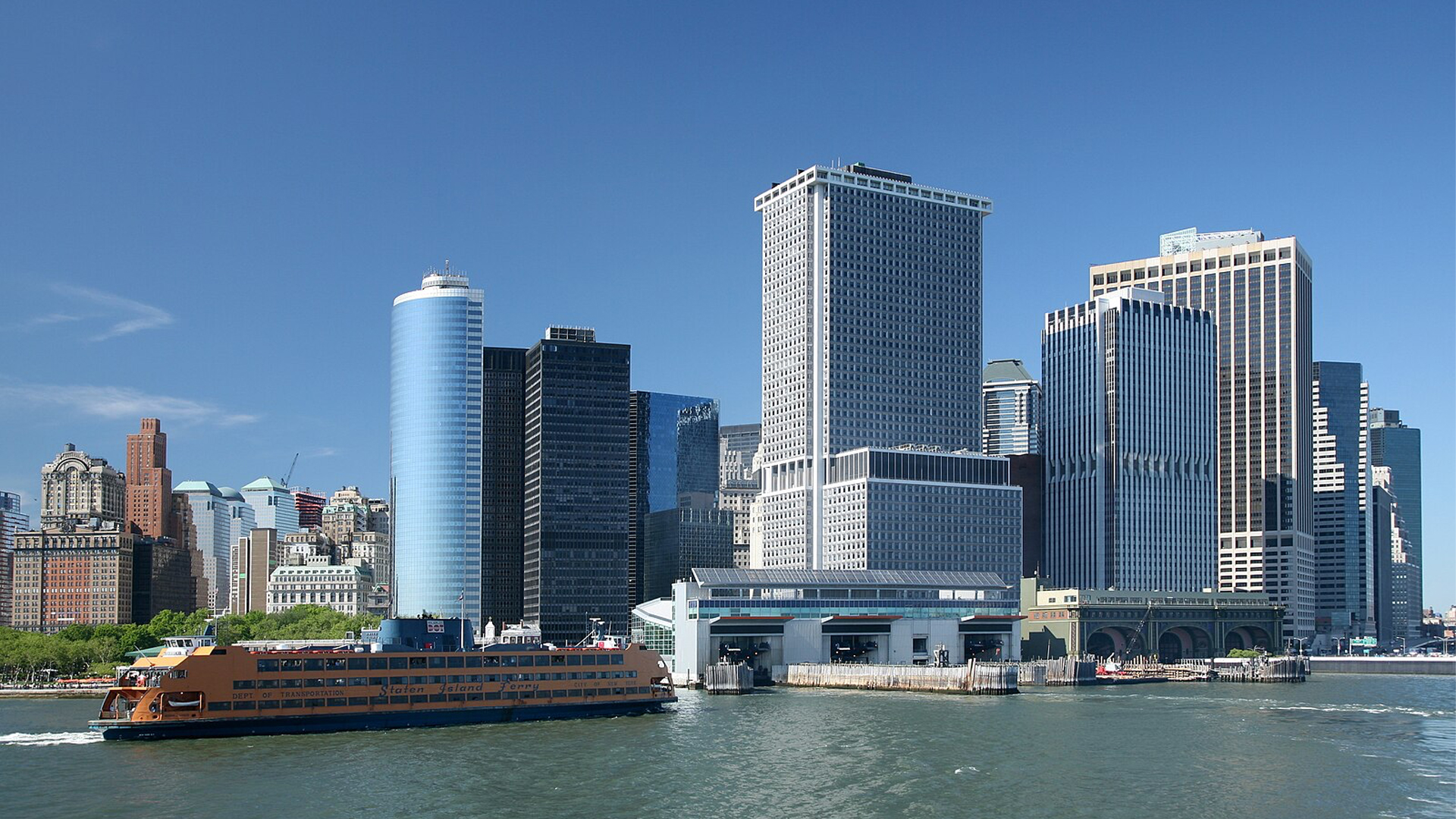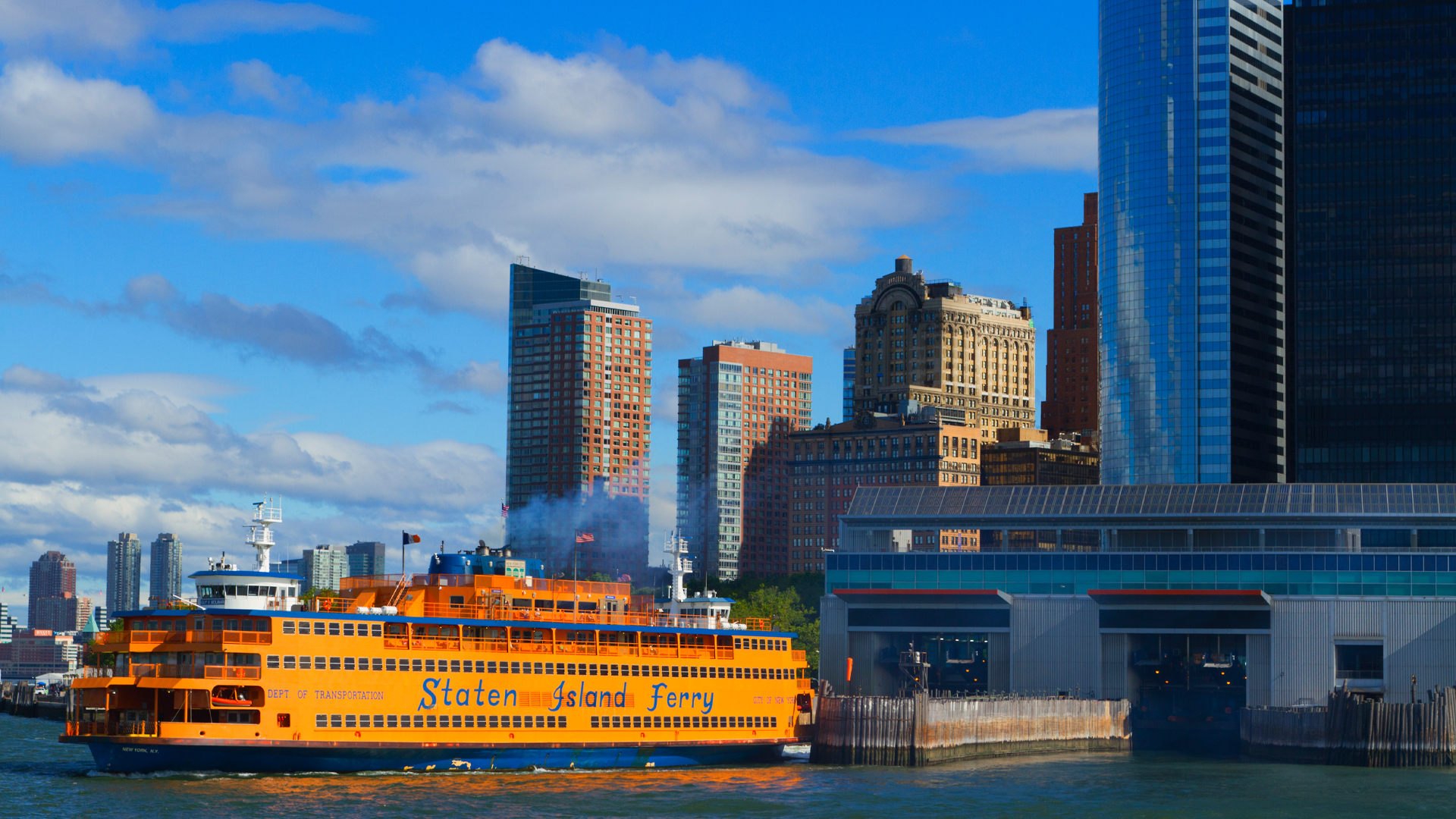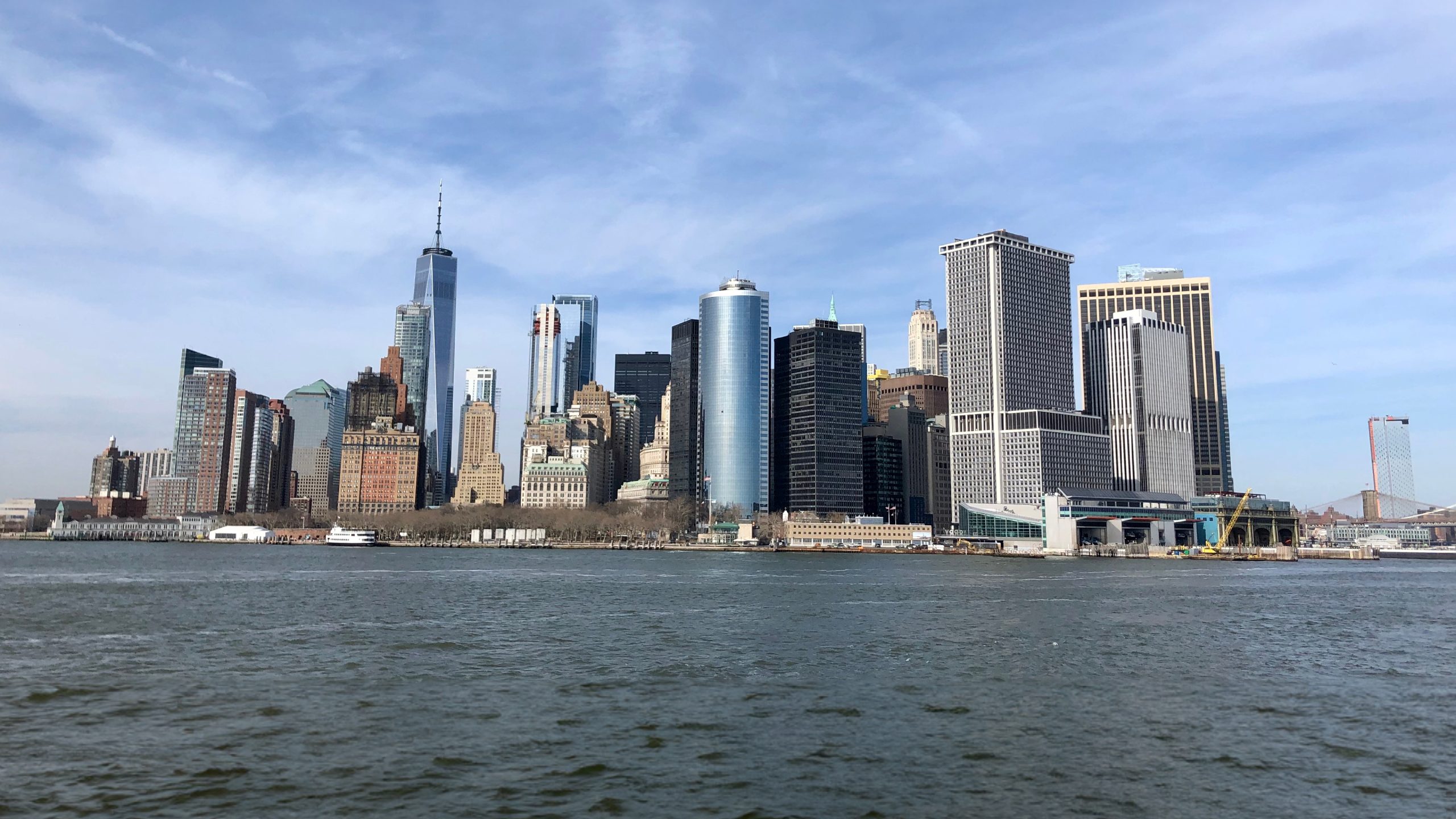Within the dynamism of New York City's five boroughs, Staten Island, known as the “forgotten borough”, has been long associated with the Italian American community where its culture, heritage, and history have thrived. From its early days as a sanctuary for Italian immigrants to its current status as a flourishing community, Staten Island stands as a living testament to the enduring influence of Italian heritage.
In the late 19th and early 20th centuries, a wave of Italian immigrants sought refuge on the shores of America, drawn by the allure of opportunity and escape from economic struggles in their homeland. Staten Island embraced these newcomers, and their indomitable spirit would soon shape its cultural mosaic, etching a mark for generations to come.
The evolution of Italian American culture unfolded as Italians established close-knit neighborhoods, preserving cherished traditions from the Old World while embracing the promises of the New. Streets resounded with the melodies of Italian music, while the aroma of authentic cuisine from bustling eateries, delis, and shops - each brick and mortar echoing a tale of camaraderie and heritage could be smelled through the streets. Following the opening of the Verrazano-Narrows Bridge in 1964, Staten Island experienced another great influx of Italian immigrants, this time from the other boroughs of New York City.

Today, Staten Island's Italian American culture reverberates with the harmony of past and present, a testament to the interplay of tradition and adaptation. Currently, Staten Island has a higher percentage of Italian Americans than any other county in the United States. About 36% of Staten Island's residents have Italian origin. As time marches on, the legacy of Italian heritage remains steadfast. Strong family bonds, unwavering work ethics, and a zeal for savoring life's joys continue to define this resilient community.
Staten Island is home to iconic Italian cultural and historic landmarks that stand as beacons of Italian heritage. The Garibaldi-Meucci Museum, a homage to inventor Antonio Meucci, showcases the ingenuity synonymous with Italian culture and the American dream. The Our Lady of Mount Carmel Grotto, an oasis of devotion, reflects the deep spiritual roots within the Italian American community.
The annual Staten Island Columbus Day Parade radiates with the vibrant colors of the Italian flag, celebrating the unity and pride that define the Italian American community. These celebrations underscore the borough's identity. Culinary traditions further illuminate the Italian roots of Staten Island. The borough's culinary scene features cherished eateries serving authentic family recipes passed down through generations.

Famous Italians and Italian Americans from Staten Island have etched their names onto the world's stage. From actors like Lorraine Bracco and Alyssa Milano to legendary musicians like Lou Monte and Ingrid Michaelson, Staten Island has nurtured and propelled exceptional talent that transcends borders. These individuals serve as modern torchbearers of Italian heritage, embodying the fusion of cultural legacy and contemporary achievement.
Staten Island's history is a living embodiment of Italian American culture. As generations continue to thrive, Staten Island stands as a testament to the enduring influence of Italian heritage. Through cultural landmarks, vibrant celebrations, and the unwavering spirit of its people, Staten Island honors and commemorates the profound impact of Italian culture on its journey through time.
Arianna DiCicco
Arianna DiCicco is an educator and writer from California, born into an Italian American restaurant family with strong ties to her grandparents’ home in Abruzzo, Italy. She has lived in San Francisco, Rome and New York City where she’s made deep connections within the Italian communities and gained new perspectives about her own culture. With a Masters in International Education, Arianna has a love and passion for learning and educating others about Italian history & culture.

